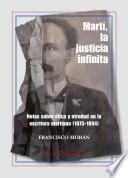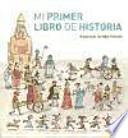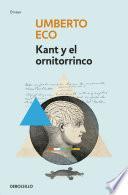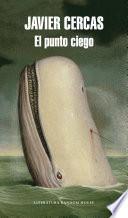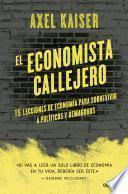Julián del Casal (in memoriam)
Sinopsis del Libro
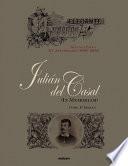
The compilation "La Habana Elegante. Segunda epoca. XV Anniversary (1998-2012). Julian del Casal (In Memoriam)" produced by prof. Francisco Moran offers a wide selection of memories, testimonies, and critical readings on Julian del Casal (Havana, 1863-1893), and of literary works inspired by his work and poetic figure that attest to the fascination that for already more than a century the poet of Nieve has exerted on Cuban and other Latin American writers. Included are texts from already classic authors such as: Ruben Dario, Jose Marti, Paul Verlaine, Jose Lezama Lima, Cintio Vitier, Dulce Maria Loynaz, Virgilio Pinera, Enrique J. Varona, Juan Marinello, etc. This selection shows the impact of Casal on the generation of Cuban writers of the 90s, who took him as a point of reference to critically examine the Cuban literary tradition. Among other important texts from those years are those authored by Antonio J. Ponte, Pedro Marques de Armas and Victor Fowler, which are already essential when evaluating Casal's critical reception and his permanent mark on Cuban poets. That's why this compilation is also a testimony to the modernity of Modernismo, because Casal emerges as an exemplary poet in whom life and work can no longer be separated one from the other, nor from the scope of the city. This volume also shows the intimate connection between graphics and print, and between popular and literary culture when reproducing the advertising announcements of the magazines of the time, as well as their covers, photographs, cartoons and drawings and bringing into light their mutual interdependency. Besides contributing to Casal's own iconography - photos are included that were either unknown until now or had not been printed - the volume features a complete reproduction of the issue of La Habana Elegante from October 29, 1893, in which the magazine paid tribute to Casal only a few days after his death. Through critical readings of Casal's works written when he was still alive, and then throughout the twentieth century, the author of Nieve - whom Marinello considered one of the most representative Modernists of Hispano-America - scholars will find a unique critical archive, for its comprehensiveness, which invites one to rethink, through Casal, the modernista canon, the relationship between literature and politics, modernismo-modernity, the autonomy of the art, decadentism in Hispano-America, the representations of eroticism and sexuality in Modernismo, the relation between high culture and popular culture, the construction and debates of identities (Cuban, Hispano-American). Specialists, enthusiastic scholars, and professors dedicated to the teaching of nineteenth century literature and culture in Hispano-American will want to have this edition for its value as an archive and a critical source and one of knowledge about the time. Along with the anthologies of Juana Borrero and Bonifacio Byrne, also compiled by Moran, and published by Stockcero, the volume dedicated to Casal expands still more the possibilities of re-evaluating Cuban Modernismo - and even Hispano-American Modernism - facilitating new lines of investigation that seek to extend and to complicate the relationship between the most canonical figures and geographical areas of Modernismo and those that are still considered "peripheral.""
Ficha del Libro
Total de páginas 244
Autor:
Categoría:
Formatos Disponibles:
MOBI, EPUB, PDF
Descargar Libro
Valoración
3.1
93 Valoraciones Totales
